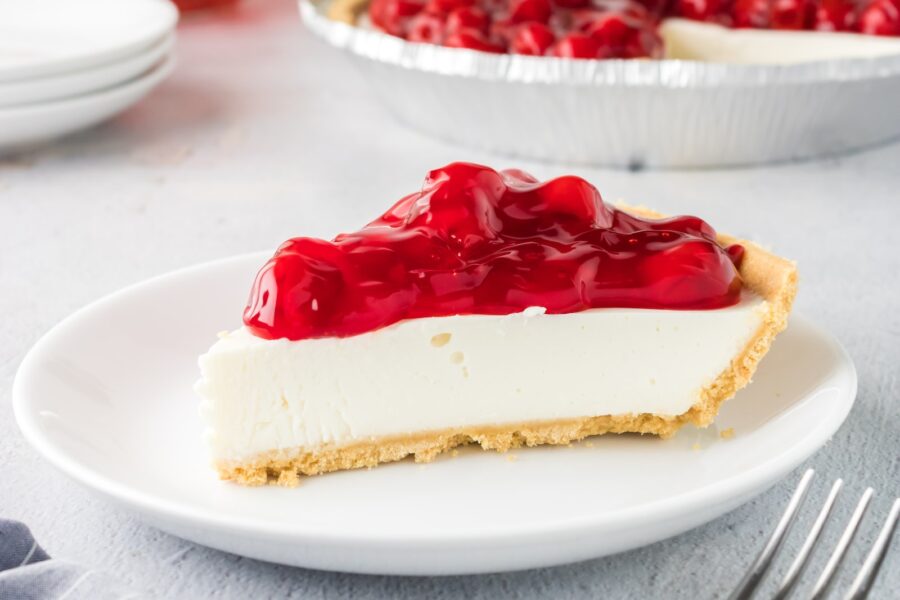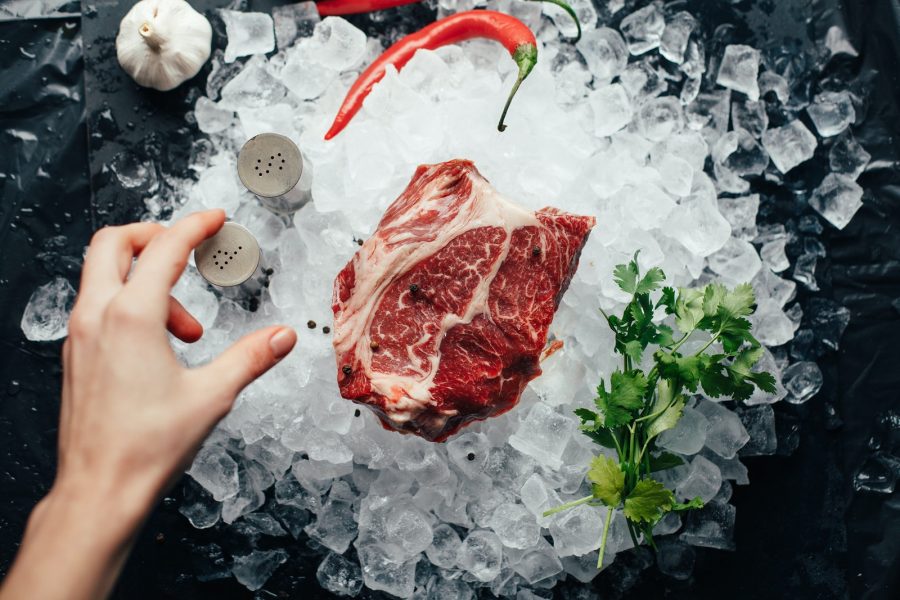Engineers at Columbia University have demonstrated the future of digital cooking by 3D printing a seven-ingredient slice of cheesecake, giving new meaning to the term “no-bake.”
The 3D-printed slice was made with graham cracker paste, peanut butter, strawberry jam, Nutella, banana puree, cherry drizzle, and frosting—a record-setting number of ingredients in a single printed food product, according to the engineers.
Why cheesecake? “We chose it for a number of reasons,” Jonathan Blutinger, engineer at Columbia’s Creative Machines Lab told The Food Institute. “It’s a part of a larger whole, it’s shareable, it’s traditionally a layered dessert, and who doesn’t enjoy cheesecake?”
“More than that, we felt it was an easy jumping-off point where we could riff or remix the ingredients and structure, as we did in our design,” he said.
And it took some trial and error to design a slice that would hold its shape. On the first several tries, the layers collapsed into a pile of goop. But after seven failed attempts and numerous design tweaks, the 3D printer transformed seven cartridges of food paste and powder into an edible slice of cheesecake.
Print your cake and broil it, too
“As a demonstration of our digital cooking approach, we challenged ourselves to create a system that can combine many ingredients and cook them in-line,” the researchers explained in the journal npj Science of Food.
Not only was the 3D food printer able to squirt out ingredients in the shape of a cake, it was also equipped with a blue laser and a near-infrared laser to cook layers when necessary. In the successful print attempt, the last graham cracker layer was laser-broiled.
This is what the engineers envision for the future of digital cooking: 3D printers that assemble and cook food with precision.
“Precision cooking is the second crucial feature that has been lacking in current food printers,” the researchers wrote. “While printers give us the ability to deposit ingredients with millimeter precision, no commercial cooking device has the ability to heat with the same degree of control.”
According to Blutinger, as the technology evolves and people get more comfortable with it, 3D food printers will become a regular kitchen appliance—a nutritionist and personal chef, all in one.
“They will be in our kitchens in the next five years,” he said.
Do consumers want 3D-printed food?
The current shift in consumer preferences away from processed foods toward more healthy options with whole ingredients could limit people’s willingness to try 3D-printed foods.
“Foods that are printed would be categorized as ‘processed’ given that in the process of preparation a food must be altered—made into a paste—in order to make this cooking method work,” the engineers wrote. Because processed foods are linked to the obesity epidemic and routinely denounced by public health organizations, 3D-printed foods could get a bad reputation.
There’s also the issue of cost, which could easily be a barrier to early adoption.
The engineers suggest that a subscription business model may be the best option for companies and consumers. The 3D food printer would be sold for an affordable price and the revenue stream would come from the recurring purchases of food cartridges and recipe files.
Planning for a 3D-printed future
Ultimately, Blutinger expects the 3D food-printing revolution to happen in stages. First, it will be used by companies and manufacturers to make specific food products. Next, the more tech-savvy chefs and experimentalists will use the machines to augment conventionally cooked meals. And then come the 3D food printers designed for home use.
“This technology is coming and the smarter food companies and restaurants will just have to ride this innovation curve in order to stay competitive in the food space,” said Blutinger.
“This is no longer science-fiction and rapidly becoming reality.”







